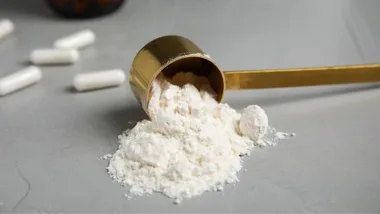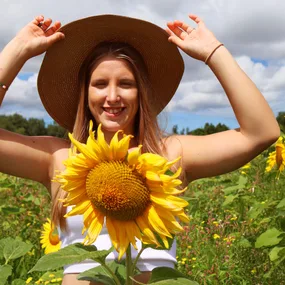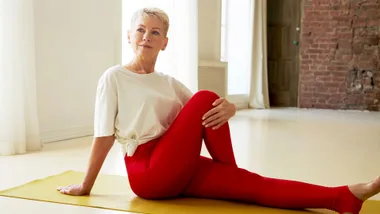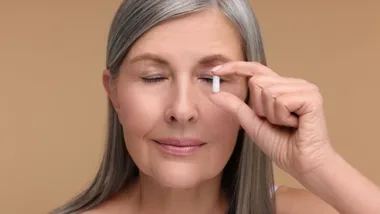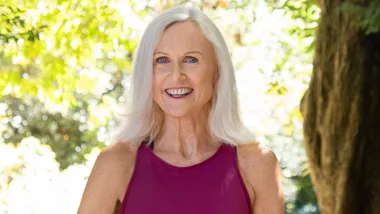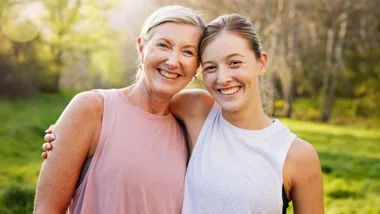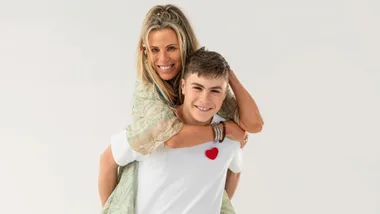When Jessica Lawson began complaining about a sore back, her parents put it down to growing pains. The gorgeous teen from Cambridge was shooting up in height, and Jacqueline and Mark Lawson thought the odd ache was a normal part of adolescence.
But as time went on, Jessica’s pain got worse. “One day I was baking a cake and I had to go lie on the floor every five minutes to give my back a rest,” recalls Jessica, now 17.
Last August, Jacqueline was giving her daughter a shoulder massage when she found what she thought was a knot in a muscle. “Jess said, ‘Mum, that’s a bone.’ For the first time, I had a good look at her back and it looked like her shoulder had collapsed. I thought she had a broken collarbone.”
Jessica was diagnosed with idiopathic adolescent scoliosis, the most common form of a condition that causes the spine to curve to the side. It usually shows between ages 10 and 18,and is thought to affect as many as four in every 100 adolescents.
At the time she was diagnosed, Jessica was a fit, healthy teen who was planning a school trip to South America.

“I hadn’t heard of scoliosis and I didn’t even know how to spell it,” laughs Jessica, who left school at the end of last year and is enrolled at the Waikato Institute of Technology to study media arts.
Although the diagnosis was a shock, for Jacqueline, everything began to make sense. Two years earlier, Jessica had been given an X-ray for a persistent cough. Black mould had been discovered in their rented home and her GP wanted to check the teenager’s lungs.
“By accident, the X-ray captured an image of her spine and it showed a slight curve of 12 degrees,” says Jacqueline. “We were told at the time that it was perfectly normal – some kids just have it.”
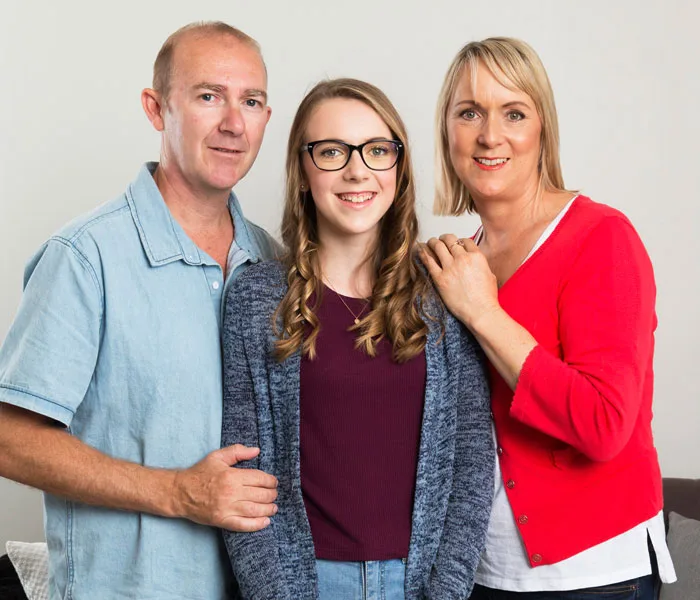
When Jessica was referred to Waikato Hospital for an MRI, it became clear the problem was more serious. “I took one look at the scan and went, ‘Wowser,’” admits Jacqueline, 47. There was a curve measuring 30 degrees in the upper thoracic section of Jessica’s spine and a 25- degree curve in the lower lumbar section.
“I burst into tears,” remembers the doting mum. “I couldn’t believe I’d spent the last two years watching Jess in pain, getting more and more crippled.”
Although most people with idiopathic adolescent scoliosis suffer no pain, for Jessica, it became unbearable. The teen – who has a 15-year-old brother, Christopher – was missing days off school, laid up in bed and struggling to stand for more than a few minutes at a time.
Jessica’s situation is further complicated because it’s suspected she has Marfan syndrome, a rare genetic disorder that affects the body’s connective tissue, including the heart, blood vessels, bones, joints and eyes. Typically, people with the condition have long arms, legs and fingers, flexible joints and a curved spine.
Last December, the teen went back for an X-ray at Waikato Hospital. Within three short months, the curve in her back had gone from 30 to 37 degrees.

A traction chair helps coax Jessica’s vertebrae (left) into line.
Specialists told the family her only option was spinal surgery to straighten and fuse her vertebrae, although nothing could be done until the curve got to 45 to 50 degrees.
But seeing her daughter in daily pain – with no option other than waiting – wasn’t good enough for Jacqueline. “I began to lose faith in the system,” explains Jacqueline, a weight-loss coach. “No-one could explain why it had happened and no-one seemed to take Jessica’s pain seriously. She was told it was all in her head.”
Determined to find another option, Jacqueline began to do her own research. “She was a mother on a mission,” tells Mark, 46, who runs his own workplace safety business.
In the past year, Jessica has made three trips to the US for treatment at Janzen and Janzen, a chiropractic-based health centre in California that offers non-surgical solutions for scoliosis and other conditions. Since Jessica enrolled, two other Kiwi teenagers have also signed up.
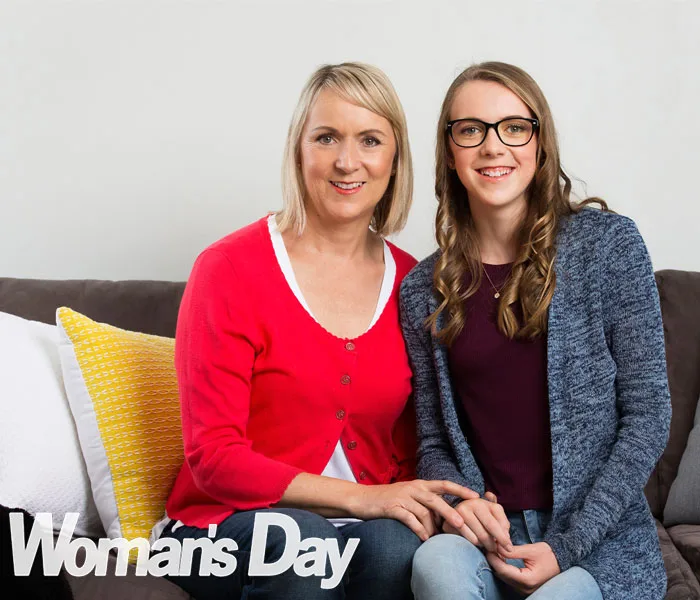
Janzen and Janzen is a holistic centre that uses flexibility and strengthening tools like 3D bracing, spinal weighting and a traction chair. In between her visits, Jessica follows the programme at home, wearing a semi-rigid back brace for 23 hours a day and sitting in her traction chair, which coaxes her vertebrae back into line.
The programme has so far cost nearly $100,000 and Jessica will need ongoing treatment for at least a year. The Lawsons are fundraising on Givealittle and have met the hefty bill with help from family and a financial grant.
They want to share their story to show that surgery isn’t the only option and that improvements can be made in other ways. In the past year, Jessica’s worst curve has reduced to 30.6 degrees, with further straightening likely. Better still, she is now pain-free.
“I recently walked to the top of Mt Maunganui,” says Jessica proudly. For Jacqueline, it has been a blessing just seeing her teenager smile again. “It’s a massive commitment, but it’s worth it,” she declares.
“My daughter has got her life back.”


